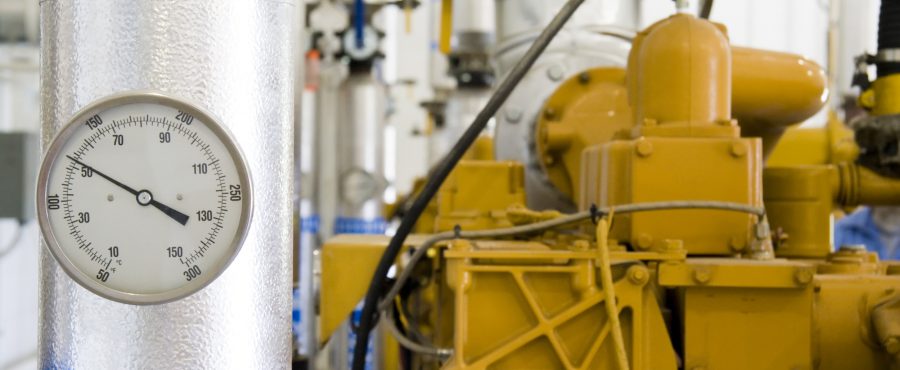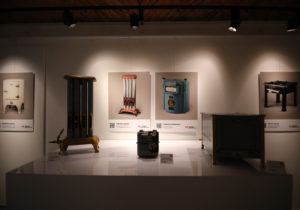
The most popular way of managing waste in Poland is still storing it in landfills. However, an essential element of each landfill is the so-called landfill gas. This term usually refers to methane generated in landfills in decaying processes.
About 75 per cent of municipal waste is constituted by biodegradable organic substances, such as food remains, wood or paper. An imminent component of this gas is also hydrogen sulphide, which – in high concentration – is toxic and in minor amounts – is just a cause of unpleasant smell.
Threats posed by landfill gas
Emission of this gas in landfills poses threats of various types. Primarily, methane contributes to the greenhouse effect 25 times more than carbon dioxide. Landfill gas changes soil in a manner that damages plants, namely it pushes air off from soil and consequently, makes the plants die. The gas also poses a threat of fire or explosion as well as poisoning.
Using landfill gas
The fact that the gas generated in landfills is flammable is the reason why it is more and more often recovered and treated as an alternative source of energy. Because of its composition (methane and hydrogen sulphide), landfill gas is largely equivalent to biogas. As a result, it may be used as gas fuel – upon cleansing, and upon liquifying, as liquid fuel.
More and more companies are developing technologies which enable gasification of organic waste, i.e. extracting gas from the waste before it starts to escape. The products of such processes include gas, as well as ashes and cinders, which may later be used in construction, for instance.




